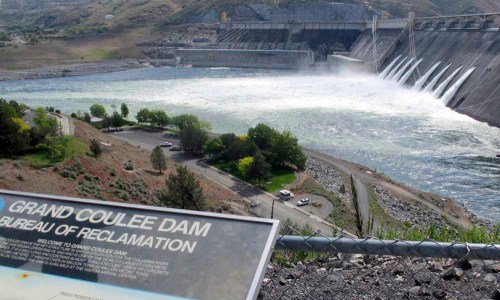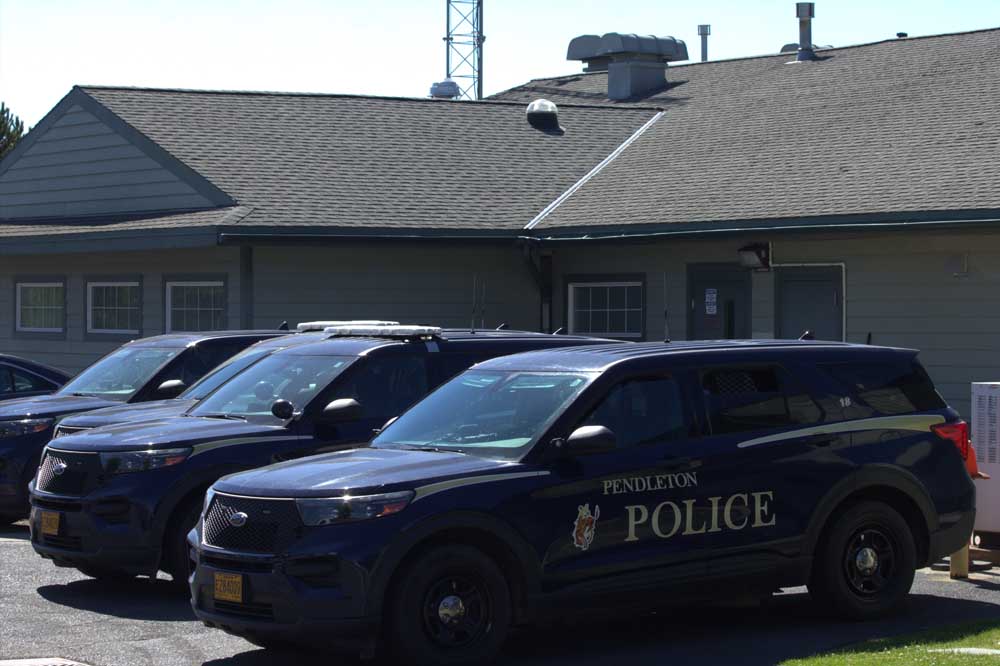Columbia River Treaty negotiations slow as election looms
Published 2:00 pm Wednesday, October 21, 2020

- The Grand Coulee Dam on the Columbia River in Washington state is one of many federal dams included in the U.S.-Canada treaty governing operation of the river system. (East Oregonian, File)
RICHLAND, Wash. — Negotiations to update the Columbia River Treaty between the U.S. and Canada continue, but are moving slowly pending the U.S. election, officials say.
The U.S. and Canada have held 10 rounds of negotiations so far, with the most recent on June 29-30, according to a source who asked to be identified as a spokesperson for Western Hemisphere affairs for the U.S. Department of State.
Trending
The U.S. seeks a modernized treaty that will ensure the effective management of flood risk, provide a reliable and economical power supply and improve ecosystem cooperation.
“While we cannot get into the specifics of the meetings, we can say that our conversations have been productive and frank, and we are working together to modernize the treaty regime in a way that benefits both countries,” the spokesperson told the Capital Press.
“What everybody believes is that the discussions and negotiations have slowed down considerably, with Canada wanting to wait to see the outcome of the election,” said Derek Sandison, director of the Washington State Department of Agriculture and former director of the state Department of Ecology’s Office of the Columbia River.
Activity is moving at a slower pace in the meantime, Sandison said. The focus has been more on the federal Columbia River systems environmental impact statement and possible appeals, he added.
The COVID-19 pandemic hasn’t had an impact, the spokesperson said, noting the U.S. negotiating team conducted much of its work virtually even prior to COVID.
Under the treaty, the U.S. paid Canada $64 million to construct three dams in British Columbia in exchange for 8.94 million acre-feet of assured flood storage. The storage would help prevent the catastrophic floods that have taken place along the Columbia River in the past.
Trending
Under the existing treaty, Canada’s assured flood storage would change in 2024 to “called-upon” and “effective use” storage.
That means the U.S. would first have to make effective use of its reservoirs for flood control before calling on Canada to store additional snowmelt.
The change would have ramifications for the flow of the Columbia River in addition to how much power could be generated by U.S. dams.
“2024’s not that far away,” Sandison said. “Time is still of the essence, but there is still time to come up with a reasonable approach going forward that alleviates or partially alleviates the issues associated with the lack of assured storage in Canada.”
“We do not know how long negotiations will take,” the spokesperson said. “We hope to maintain a negotiating schedule that will allow us to move forward at a steady pace while giving us sufficient time to work on the technical preparations necessary between sessions.”
Sandison hopes to have the big issues ironed out in the next year or so.
“The sooner, the better, as far as I’m concerned,” he said. “A predictable river system operation is best for all of us.”









